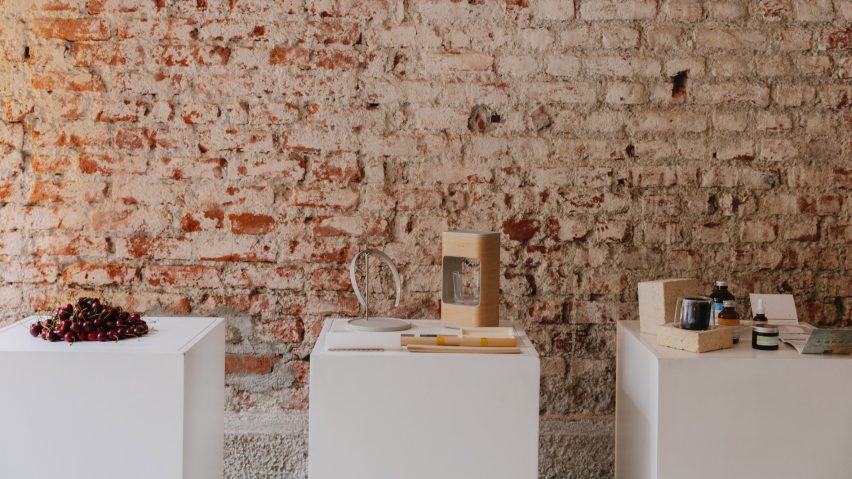
Panasonic Design explores the future of designing for wellbeing at Milan design week
Promotion: Panasonic Design hosted a panel discussion during Milan design week that explored the alternative approaches that brands and designers can undertake to help improve the health and wellbeing of people and the planet.
Titled Design for Wellbeing: A New Approach, the event was chaired by Dezeen's chief content officer Benedict Hobson and hosted by Panasonic Design's innovation-led division called FLUX, which stands for Future Life User Experience.
The panel included leading experts from natural skincare and fragrance brand Haeckels, architecture and interior design studio Design Haus Liberty, and food design studio Arabeschi di Latte.
In response to the current challenges of the modern world, the panel focused on how designers can improve the wellbeing of both people and the environment.
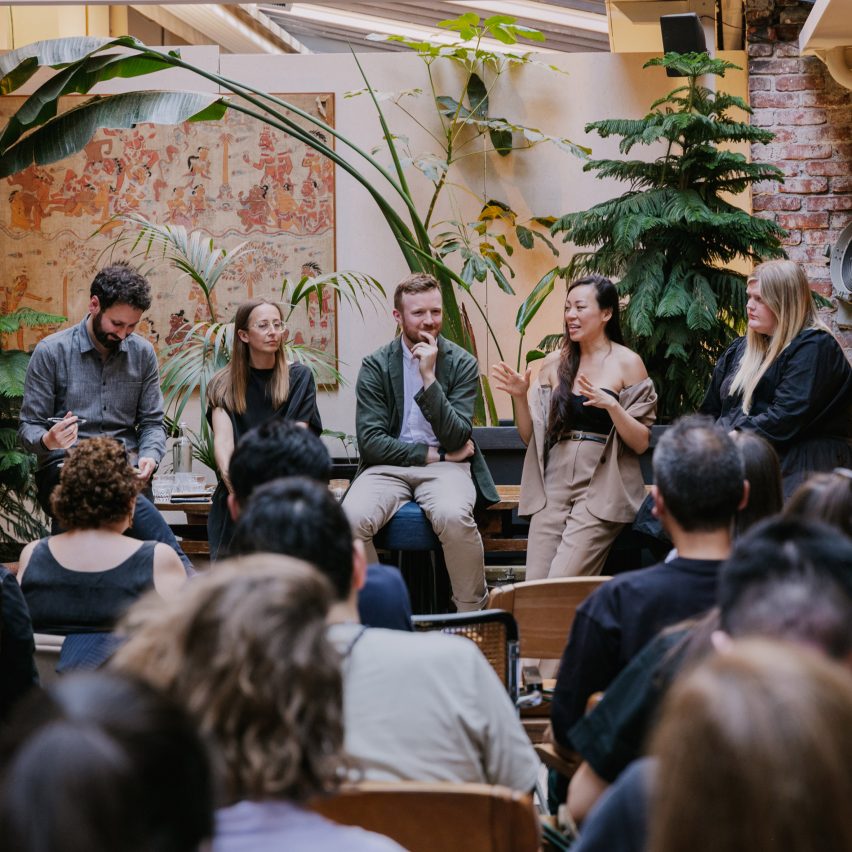
According to Panasonic Design FLUX, closer collaboration between brands, experts and designers from multiple sectors is needed to create truly sustainable products and services that address wellbeing holistically.
"There is compelling evidence of the power of design to effect radical and far-reaching change, but perhaps we are not using the right approaches to design in order to create the changes that are so much needed," said Rowan Williams, creative lead at Panasonic Design FLUX.
"While many brands have tried to help people achieve a more holistic approach to wellbeing, there is still much progress to be made. Our inner, outer and spatial wellbeing continue to be out of balance and we urgently need a new way of defining and approaching what holistic wellbeing means today."
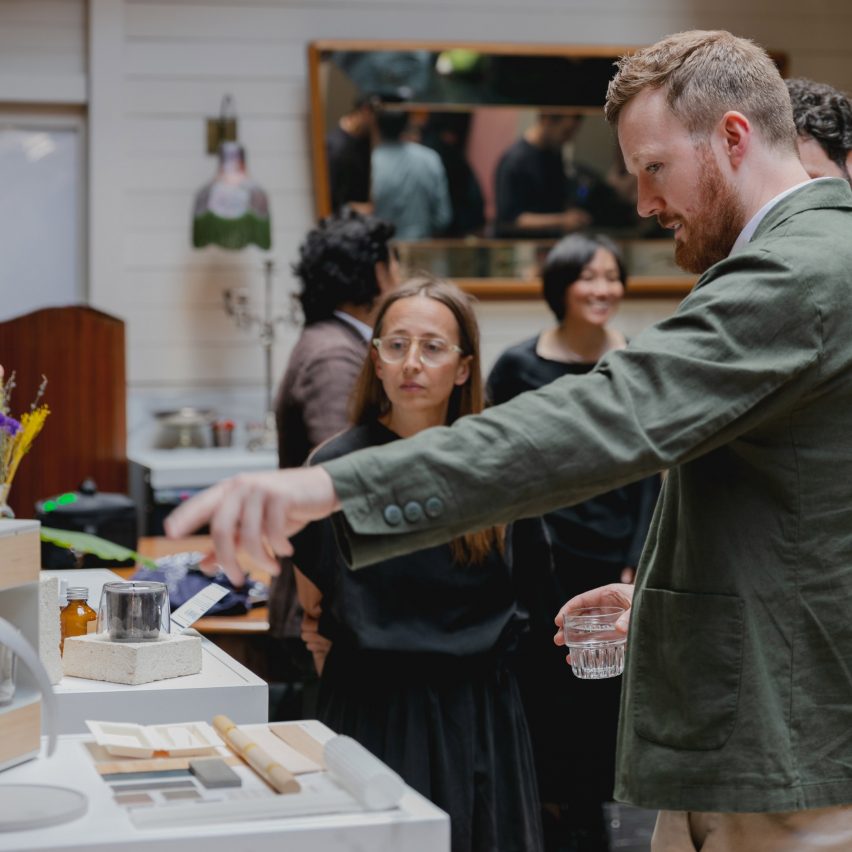
Central to the discussion was how advancements in technology coupled with a better understanding of the needs of people and the planet will help shape user experiences across wellbeing categories.
Williams explained how Panasonic Design FLUX is working to identify and design new and innovative experiences that can better our future.
"When we are designing new user experiences that are focused on balancing our holistic wellbeing, we have to consider how and what UX starts to influence and affect one another," he said.
"How does our quality of nutrition affect how we sleep? How does the air around us affect our work performance? How does our hydration impact our skincare? How do our relationships with others affect our mental state? With this in mind, and with an understanding that everything in some tenuous way is inter-connected, imagine if our existing and new homes, products and services could anticipate our inner, outer, spatial and social wellbeing, and provide responsible, timeless and inclusive solutions that cater for them."
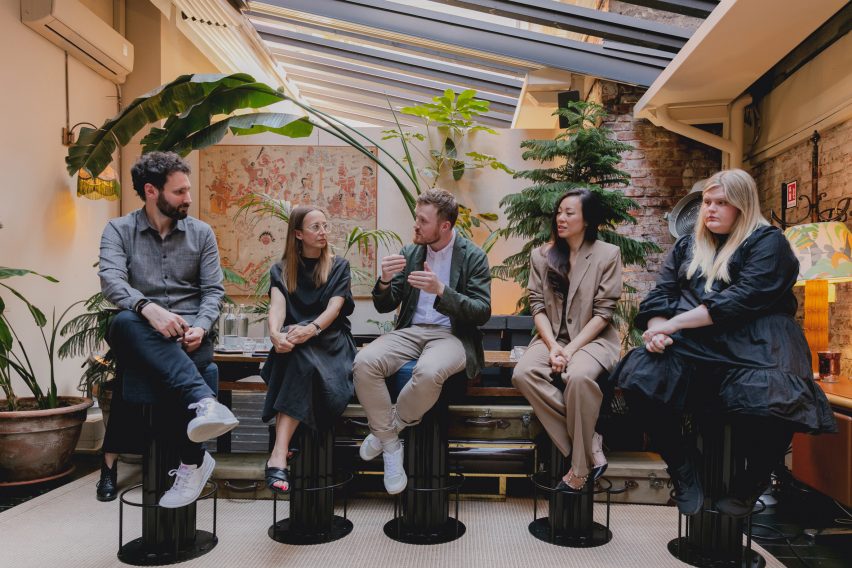
Other speakers said that wellbeing could be better catered for by radically changing the way we view the world around us and what we value.
Interdisciplinary designer Francesca Sarti, founder and creative director of the experimental food design studio Arabeschi di Latte, said that we need to break with past associations relating to our inner wellbeing, such as the way we perceive nutrition.
"Most of the environmental issues related to food are due to exaggeration, excess, overproduction and over-consumerism," Sarti said.
"It is important to build an alternative visual narrative to educate ourselves on the beauty of scarcity. How can we see moderation not as a restriction, but something that brings us pleasure? Find the magic through simplicity while normalising frugality and respect for our resources."
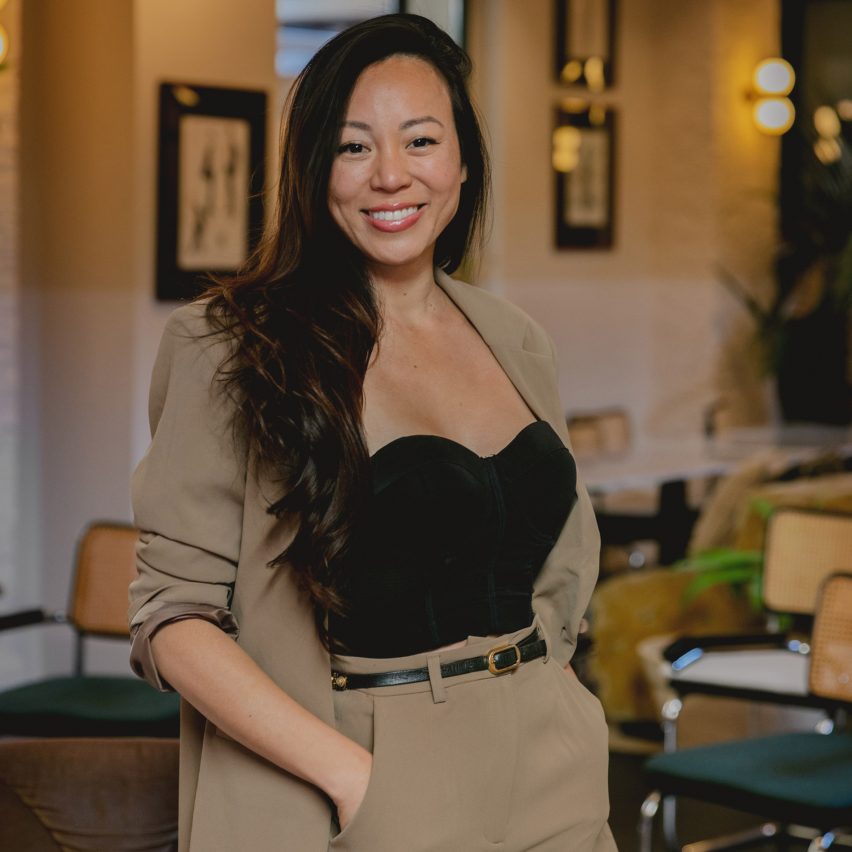
Jessica Gregory, head of biodesign at skincare brand Haeckels, believes that we should design for the wellbeing of both humans and the environment.
"Beauty products feel like a necessity at times," Gregory said. "But it is important that the person enjoys the whole experience of using the product without concern of its impact. By developing products for our outer wellbeing that work with nature rather than exploiting it, Haeckels believes that it can create transparent, guilt-free wellbeing experiences where ingredients and packaging are part of a natural lifecycle."
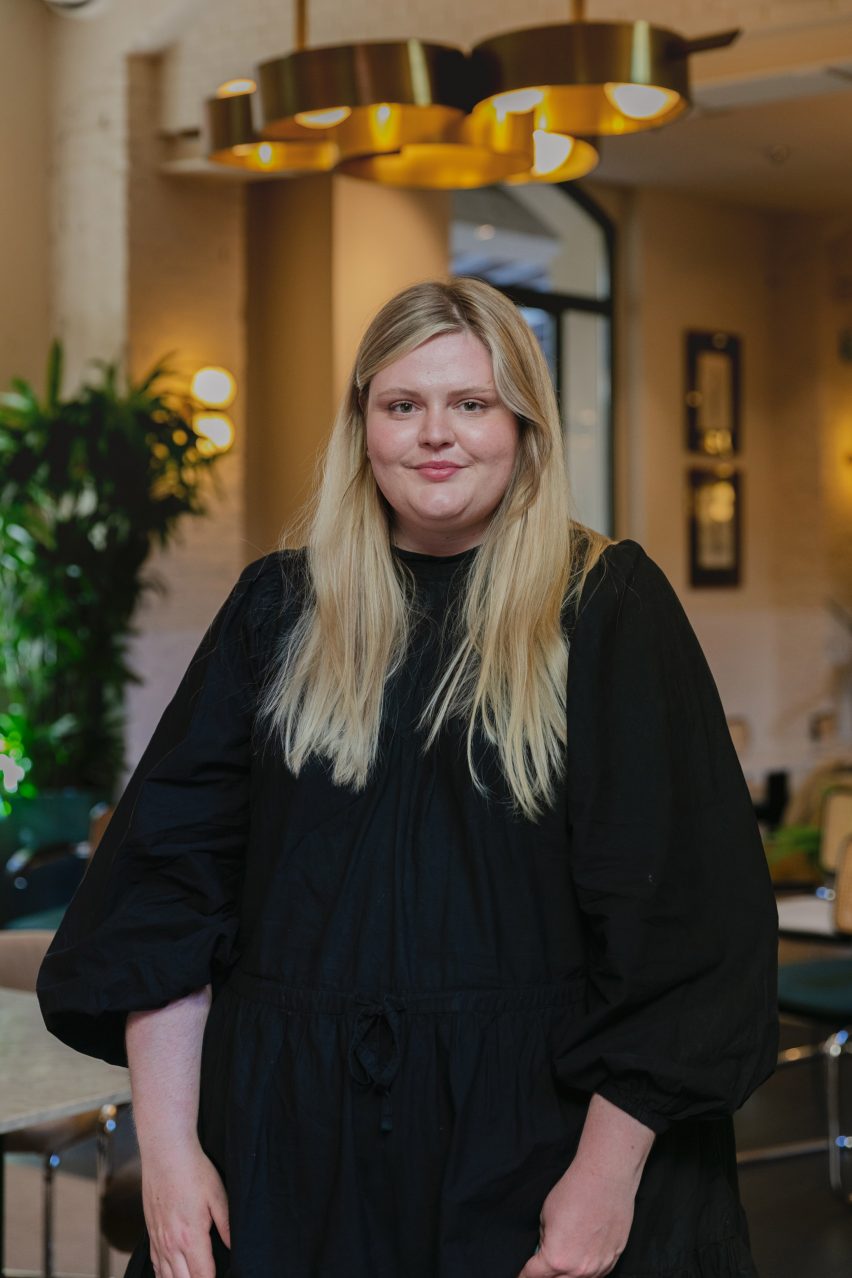
Proximity to nature is a theme that keeps coming up when discussing the future of our wellbeing. Dara Huang, founder of architecture studio Design Haus Liberty, said that the considered use of natural light and creating a connection to the outdoors is key to her approach.
"I truly believe that you can extend your life by the adjacency by which you live to nature, to water and the sky," Huang said.
"The choice of materials and aesthetics is more than a backdrop in our lives, it influences our health and wellbeing. As an architect, you are creating the beginning of a story for others to finish. No matter who comes, the story will unravel and as designers we can support how people can live with nature."
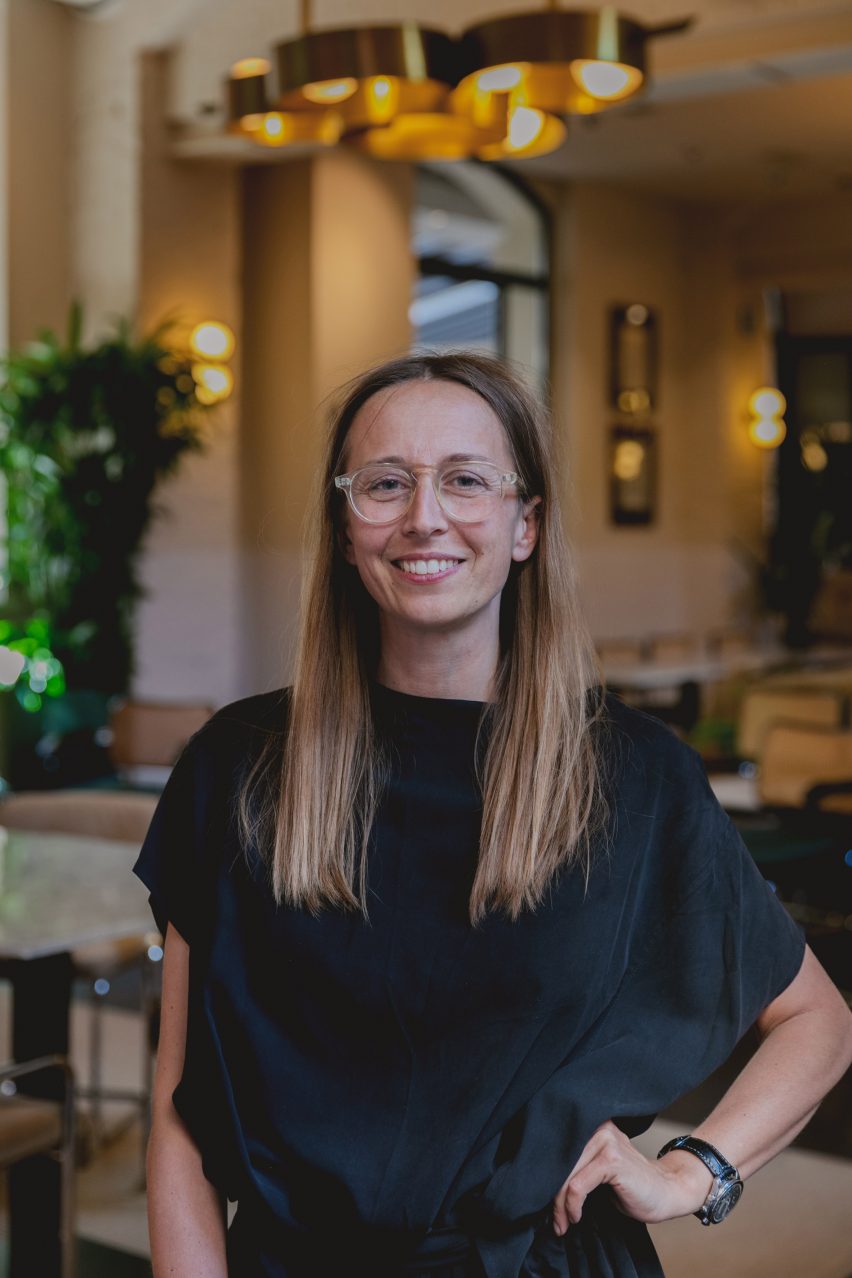
Contemplating a possible way to move towards a more holistic approach to wellbeing, Williams also commented that during this year's Milan design week, he had observed how the design industry has shifted its perspective from an individualistic approach to a community effort.
"As a design community we are learning that sharing knowledge and collaborating more closely when it comes to thinking about and designing the future of wellbeing is a far more effective approach than each brand and designer doing their own siloed effort," he said.
"To move towards a future of truly holistic wellbeing, we need more conversations that bring together multiple viewpoints and approaches from across different sectors to address the full range of our inner, outer and spatial wellbeing needs."
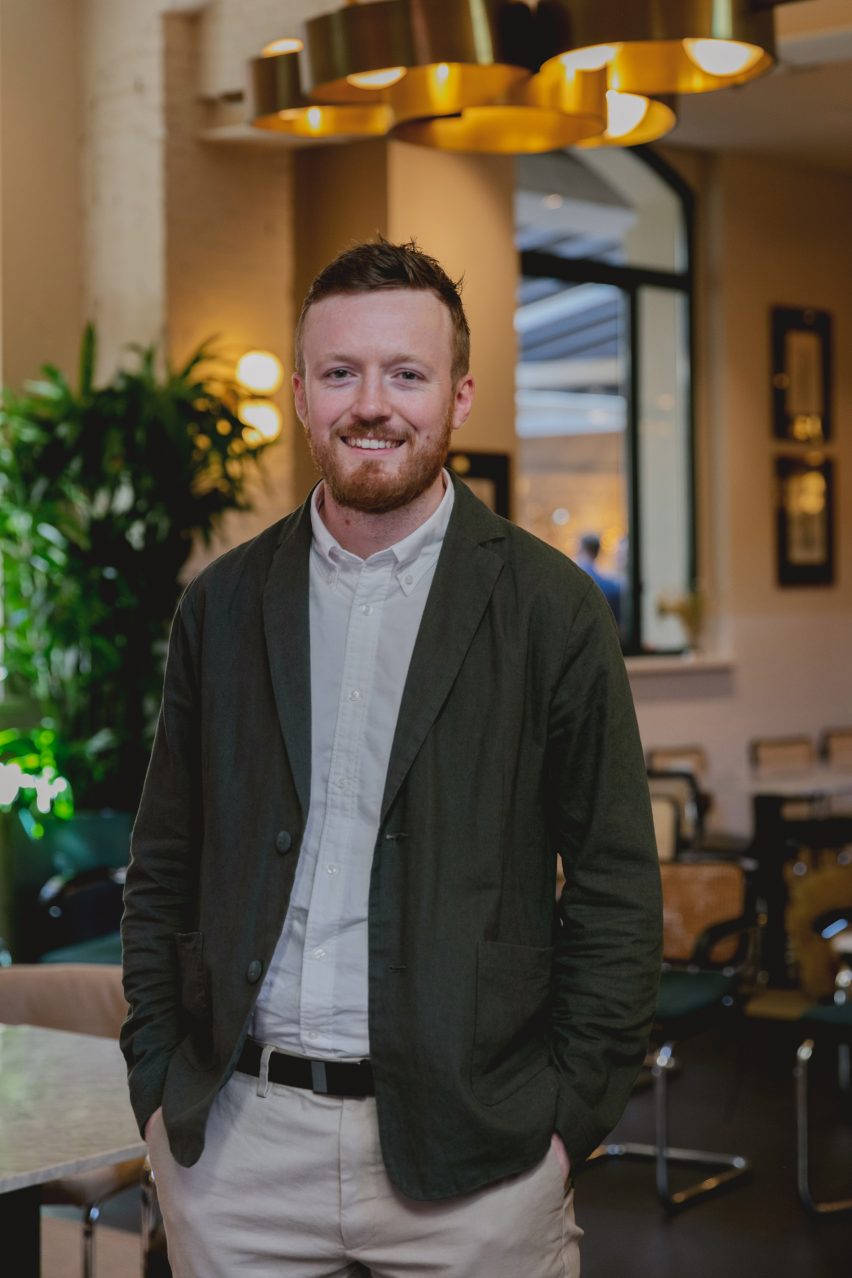
The Design for Wellbeing: A New Approach panel discussion took place at Aethos Milan on 7 June 2022.
To learn more about how design and technology can drive positive change in all aspects of life visit Panasonic Design FLUX.
All photography is by Mariell Lind Hansen.
Milan design week 2022
Milan design week 2022 takes place from 6 to 12 June 2022. See our Milan design week 2022 guide on Dezeen Events Guide for information about the many other exhibitions, installations and talks taking place throughout the week.
Partnership content
This article was written by Dezeen for Panasonic as part of a partnership. Find out more about Dezeen partnership content here